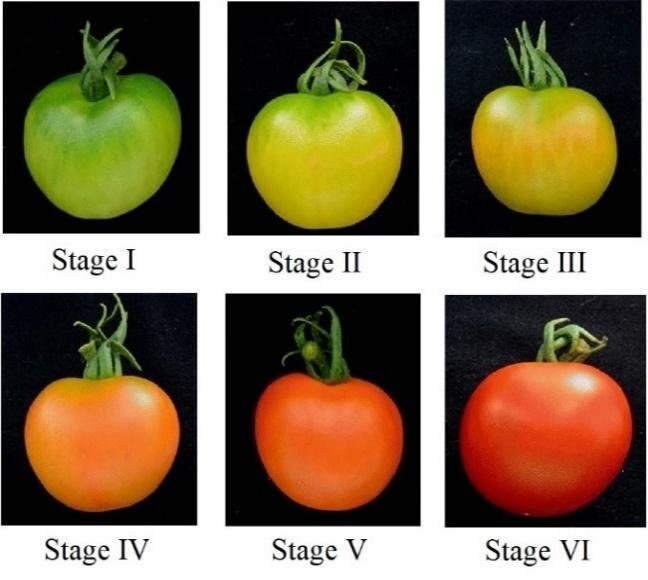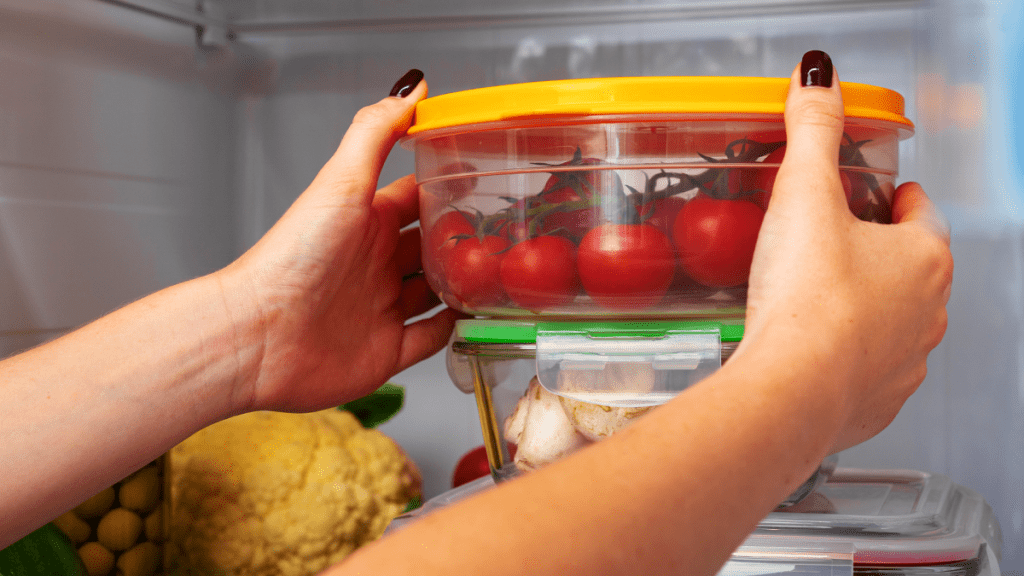You’ve probably heard it before—don’t put tomatoes in the fridge! Or maybe you’ve seen someone (like my dad) proudly line up ripe tomatoes on the kitchen counter like prized trophies from the farmer’s market. But how long can tomatoes really stay out before they turn mushy—or worse, unsafe to eat? Let’s get into the juicy details and clear up the confusion once and for all.
How Tomatoes Ripen After Being Picked

Tomatoes are climacteric fruits, meaning they continue to ripen after being harvested thanks to a plant hormone called ethylene. This natural ripening process brings out the tomato’s best qualities: its bright red color, bold flavor, and slightly soft but juicy texture. That’s why room temperature is the best environment for tomatoes to reach their peak deliciousness.
But here’s the catch: this same process also leads them to overripen, and eventually spoil, if you’re not paying attention.
Why the Fridge Can Be a Tomato’s Worst Enemy (Sometimes)
While tossing your tomatoes into the fridge may seem like a smart way to extend shelf life, it comes at a cost—flavor and texture. Cold temperatures interrupt the ripening process and change the structure of the tomato’s cells. That’s when you end up with a mealy, bland tomato that tastes more like water than sunshine.
However, refrigeration isn’t the villain it’s made out to be. If your tomatoes are already fully ripe and you know you won’t eat them right away, moving them to the fridge can buy you a couple of extra days—just let them return to room temp before you slice them up for that salad.
How Long Can Tomatoes Sit on the Counter Safely?
Generally, tomatoes can last on the counter for 3 to 5 days depending on several factors:
- Ripeness when purchased: Less ripe tomatoes can stay fresh longer on the counter.
- Room temperature: Ideal range is 55°F to 70°F (13°C to 21°C). Warmer temps will speed things up.
- Humidity levels: High humidity can encourage mold growth, especially around the stem area.
- Bruises or cuts: Damaged tomatoes spoil more quickly, so handle them with care.
Video : How To Store Tomato For Long Time
If your kitchen tends to get hot, especially in summer, tomatoes might ripen in just a day or two.
Spotting Spoiled Tomatoes: Know When It’s Time to Let Go
Nobody likes wasting food, but eating a spoiled tomato is a gamble you don’t want to take. Here’s what to look out for:
- Mushy or sunken spots: A little softness is okay—overly mushy is not.
- Sour or rotten odor: A good tomato should smell earthy and slightly sweet, not funky.
- Mold or black spots: Obvious sign it’s time to toss it.
- Wrinkled skin: This usually means it’s drying out and past its prime.
When in doubt, it’s better to be safe and compost it rather than risk foodborne illness.
Countertop Storage Tips to Maximize Tomato Freshness
Want to keep your tomatoes at their best? Follow these simple tips:
- Store them stem-side down: This minimizes air and moisture entering through the stem scar.
- Avoid direct sunlight: A sunny window may look pretty, but it’ll speed up ripening.
- Spread them out: Crowding can cause bruising and uneven ripening.
- Keep them away from bananas and apples: These fruits release ethylene and will make your tomatoes ripen even faster.
Think of it like creating a little tomato spa—cool, dry, and calm.
What If They’re Getting Too Ripe? Fridge to the Rescue
If you notice your tomatoes are just a day away from going too soft, you don’t have to throw in the towel. Pop them into the fridge, and you’ll slow down the ripening clock. Just remember to let them come to room temperature before using. The flavor will bounce back a bit, making them much more enjoyable than straight-from-the-fridge blandness.

This method is great for preserving ripe tomatoes for cooking purposes—think sauces, stews, or roasted tomato dishes.
Expert Advice: What Food Scientists Say About Tomato Storage
Most food scientists and chefs agree on this: let tomatoes ripen at room temperature, then refrigerate only if you need to extend their shelf life for a few days. Also, tomatoes that have never been refrigerated will taste far better than ones stored cold too early.
Harold McGee, a food science expert and author of On Food and Cooking, suggests keeping tomatoes between 55–70°F to allow full flavor development. Below 50°F, chemical reactions in the fruit that give it its taste start to slow or stop completely.
Can Tomatoes Make You Sick If Left Out Too Long?
While tomatoes don’t spoil as quickly as dairy or meat, they’re not immune to contamination. If a tomato becomes moldy, oozes liquid, or smells off, it could contain harmful bacteria like Salmonella or mold spores that could make you sick.
Always wash tomatoes thoroughly before eating—especially if they’ve been on the counter uncovered—and avoid eating any tomato that looks questionable. If you wouldn’t want to bite into it raw, it’s probably not worth cooking either.
Video : How to Store Tomatoes to Keep the Fresh
The Bottom Line: Find Your Tomato Sweet Spot
Tomatoes are one of those foods where a little attention goes a long way. Store them at room temperature until they reach peak ripeness, then move them to the fridge if you need to stall for time. And always check for soft spots, weird smells, or discoloration before eating.
In Summary: How to Keep Your Tomatoes Fresh and Flavorful
- Let them ripen at room temp, ideally between 55°F and 70°F
- Keep them out of direct sunlight and store stem-side down
- Eat within 3–5 days if left on the counter
- Refrigerate only if they’re fully ripe and you need extra time
- Bring chilled tomatoes back to room temp before serving
- Inspect regularly for signs of spoilage
By following these tips, you’ll never have to deal with flavorless, squishy tomatoes again. Instead, you’ll get the juicy, rich taste they were meant to deliver—whether they’re topping your toast, jazzing up your salad, or starring in your homemade sauce.


